Completed in 2020 by Chinese architecture firm Studio Zhu-Pei, the Imperial Kiln Museum rediscovers Jingdezhen’s city’s roots. The structure comprises more than half a dozen brick vaults inspired by the ancient kiln complexes’ traditional forms.
Jingdezhen Imperial Kiln Museum Technical Information
- Architects1-10: Studio Zhu-Pei
- Location: Jingdezhen, Jiangxi, China
- Topics: Brick Architecture, Vaults, Modular Repetition
- Area: 10,370 m2
- Project Year: 2020
- Photographs: © Schranimage, Tian Fangfang, Zhang Qinquan, Courtesy of Studio Zhu-Pei
The Imperial Kiln Museum comprises more than half a dozen brick vaults base on the traditional form of the kiln, each of the vaults is of a different size, curvature, and length. They were naturally applied to the site, carefully integrated with many existing ruins, including a few ruins that were found after the construction.
– Studio Zhu-Pei Architects
Jingdezhen Imperial Kiln Museum Photographs
Text by the Architects
Located in the center of the historical area, the site of the Museum is adjacent to the Imperial Kiln ruins surrounding many ancient kiln complexes.
Jingdezhen is known as the “Porcelain Capital” in the world because it has been producing pottery for 1,700 years. In the Ming and Qing dynasties, Jingdezhen exported a huge amount of porcelains to Europe.
Jingdezhen was growing naturally fitting in the valleys surrounding rivers, hills, and mountains because of the porcelain industry. The city’s early settlements developed around kiln complexes, which included kiln, workshops, and housing. The street pattern was generated by nature and the porcelain industry. Most of the small alleys in between kiln complexes have always approached the Chang river to transport porcelain products to the river. The main streets have always been along with Chang river to bring all businesses and commerces together.
Public
Situated on a fairly restricted historical area adjacent to the east side of the Imperial Kiln ruins, the plan of the Imperial Kiln Museum was aligned with the north-south street grid of Jingdezhen. With its entry, water pools, and bridge facing west, embracing the open file of Imperial Kiln Ruins to welcome visitors from Imperial Kiln Relic Park. Public pedestrians can wander through the forest under the green canopy, going through the bridge, flowing into the museum’s foyer.
Concept
The Imperial Kiln Museum comprises more than half a dozen brick vaults base on the traditional form of the kiln, each of the vaults is of a different size, curvature, and length. They were naturally applied to the site, carefully integrated with many existing ruins, including a few ruins found after the construction.
The unparalleled, liner, and arched structures of the museum, like old kilns, reach below the street level to give the flexibility to adapt itself to the complicated site and achieve the intimate scale of interior space. In part, this strategy also responds to the height of surrounding historical buildings that lead to productive ambiguity in relation to the building’s horizontal datum.
The “insertion” of the building into the site’s ground produces a series of public spaces at street level. More importantly, it allows for the design of several more intimate open vaults and courtyards within the museum. Most of those public spaces are covered under shaded and protected from the rain because it is hot and rains a lot during summer in Jingdezhen.
When one walks on the bridge, enters the foyer, and turns left, he will pass a series of arched exhibition spaces lightly varied in size and with contradicting openness (enclosed or open to the sky) to encounter a gentle stair, in the end, flowing down to the underground level with five sunken courtyards. Meanwhile, people can obtain a three-in-one (kilns-porcelains-people) museum experience when they see those porcelain, ruins, and sunken courtyards, which create manifold layers of expees with ancient bricks on the façade.
As someone turns right at the foyer, he will respectively pass the bookstore, cafe, and tea room and finally reach a semi-outdoor area under the arch, witnessing a picturesque scene. When daytime surfaces, these arches reflect the water waves, while low horizontal gaps tempt people to sit down on the floor to see the Imperial kiln ‘ long horizon runs’ long horizon. A similar surprise would be created when someone sees the Longzhu Pavilion of the Imperial kiln ruins through the vertical seams when he is on the way to the auditorium before accessing the foyer.
Five sunken courtyards, varied in size, have different themes: gold, wood, water, fire, and soil. Those five themes reflect old Chinese thinking about the earth, which is associated with porcelain-making techniques.
The museum’s overall experience tries to rediscover Jingdezhen’s roots to recreate the experience among kiln, porcelain, and society.
Structure and Materials
The architect was fascinated by local ancient kiln tectonic and material. Looking in the past, artisans built the brick kiln without scaffolding in an exceptional way. Thin and light brick kiln achieved a maximum interior space with minimum materials; the brick kilns appeared in organic forms reflecting heat flow from one end to another.
The basic structure of the museum is an arch structure system, it is made up of concrete poured in between two layers of masonry brick walls. There is a small arch to be layout perpendicularly to connect two arches.
Using recycled kiln bricks to build houses and all kinds of buildings is a significant character in Jingdezhen because kilns made of bricks have to be demolished every two or three years. To keep a ‘kilns’ thermal performance, recycled kiln bricks covered the entire city. Those bricks record warmth and are inseparable from the lifeblood of the city. In the past, the children would take a warm brick from the firing kilns to place in their schoolbags to keep themselves warm the whole day during freezing winter.
Bricks dominate the materiality of the museum; recycled old kiln bricks are mixed with new bricks to reflect the local culture of construction.
This interweaving of two different historical phases proposed by the new and old bricks must arouse interest, curiosity, create new questions, and give new answers. These create interaction with people’s minds who inevitably evoke memories and enjoy a unique experience. The past cannot be erased but can be rewritten by recounting a new awareness and maturity: contemporary archeology.
The visitors can have a 360-degree sensory experience through the repeated contact between exterior and interior that stimulates the touch, smell, hearing, and sight and transports them into a sort of trip between past, present, and nature.
Natural Light
Even the light evokes active and tangible memories and proves how ancient techniques can be reinterpreted and reread in a contemporary key.
The interior natural light is achieved by both skylight and sunken courtyard and is inspired by smoke holes of the ancient brick kiln. The skylight in the hollow cylinder shape is distributed on the top part of the arch to provide natural light during daytime and artificial light at night time.
Jingdezhen Imperial Kiln Museum Plans
Jingdezhen Imperial Kiln Museum Image Gallery


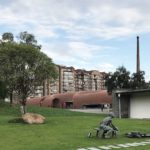


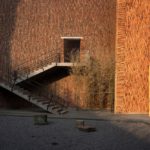
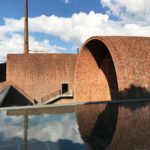




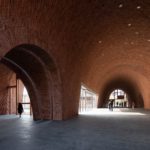
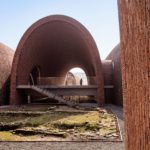
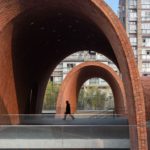

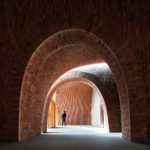
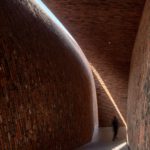
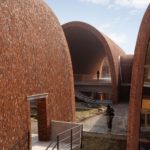

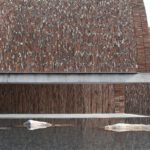
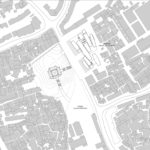
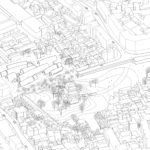

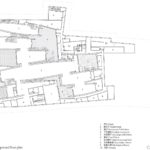

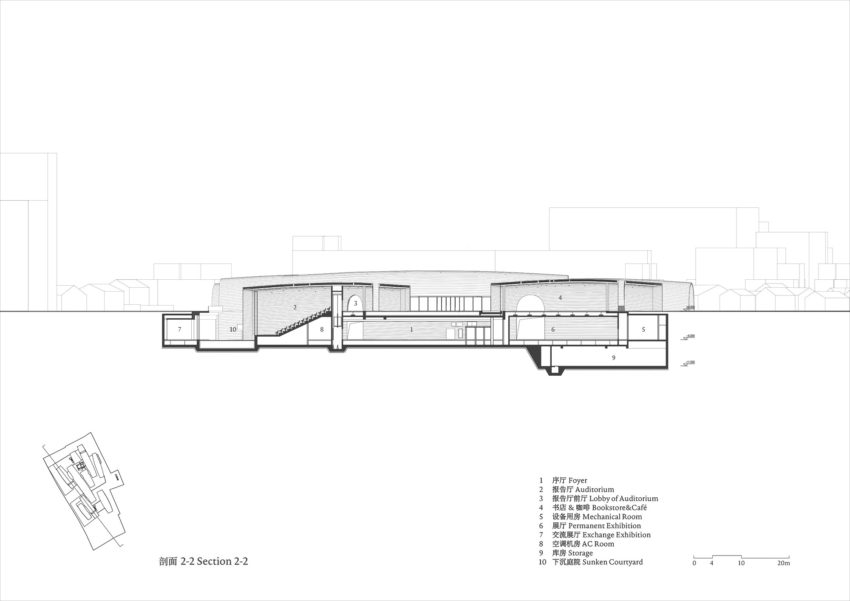
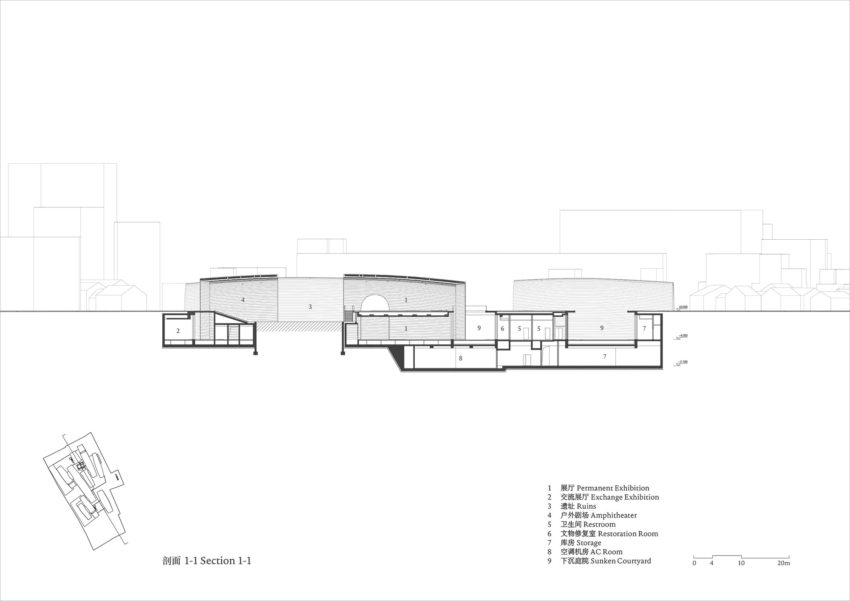
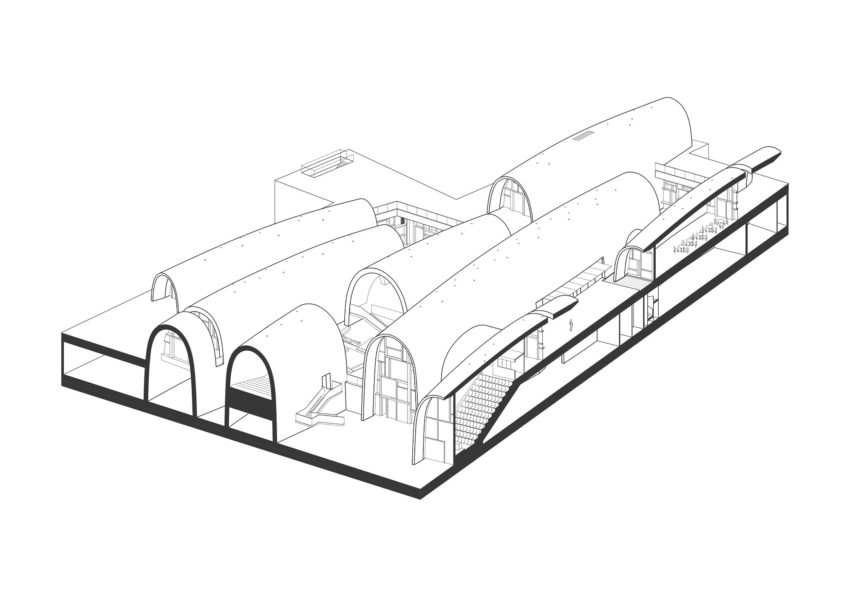
About Studio Zhu-Pei
Founded in 2005 in Beijing, Studio Zhu-Pei is one of the leading Chinese architecture firms focusing on cultural projects. The firm is recognized for its experience and ability to blend forms, space, and light with great contextual sensitivity and utilize the project’s unique qualities to create a concept-driven design. The studio specializes in seamlessly integrating new projects into contexts with cultural and historical importance.
Studio Zhu-Pei’s design philosophy is focused on Nature Architecture, which explores the relations between the ground roots and the cultural context.
- Cooperative Design: Architectural Design and Research Institute of Tsinghua University
Front Criticism: Zhou Rong
Design Team: You Changchen, Han Mo, He Fan, Shuhei Nakamura, Liu Ling, Wu Zhigang, Zhang Shun, Du Yang, Yang Shengchen, Chen Yida, He Chenglong, Ding Xinyue
Structural, MEP and Green Building: Architectural Design and Research Institute of Tsinghua University
Facade: Shenzhen Dadi Facade Technology CO., LTD.
Lighting: Ning Field Lighting Design CO., LTD.
Acoustic: Building Science & Technology Institute, Zhejiang University
Client: Jingdezhen Municipal Bureau of Culture Radio Television Press Publication and Tourism, Jingdezhen Ceramic Culture Tourism Group
Main Contractor: China Construction First Group Corporation Limited, Huajiang Construction CO., LTD of China Construction First Group
Art Consultant: Wang Mingxian, Li Xiangning
Article via V2com newswire



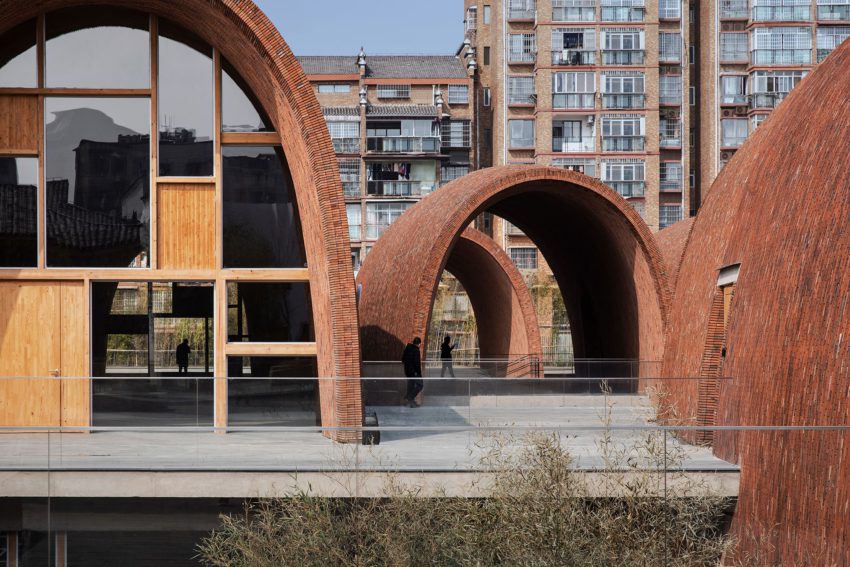
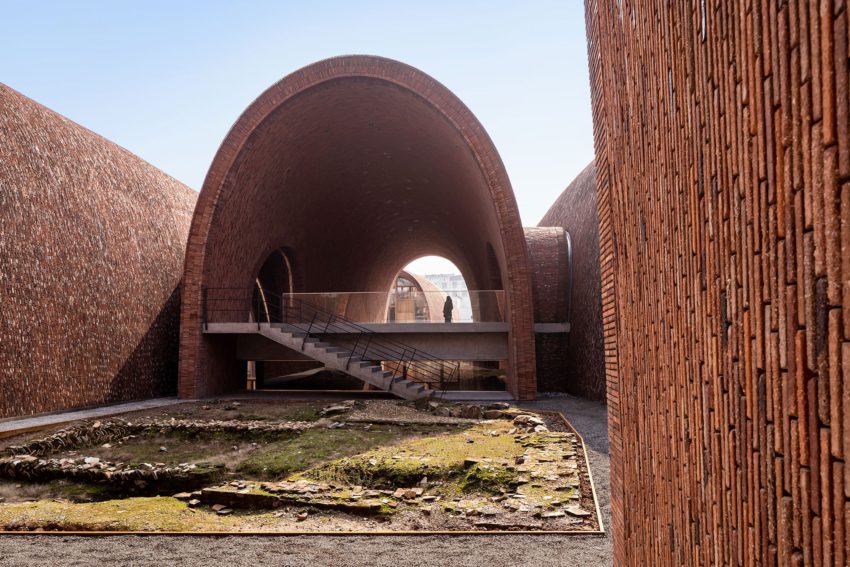
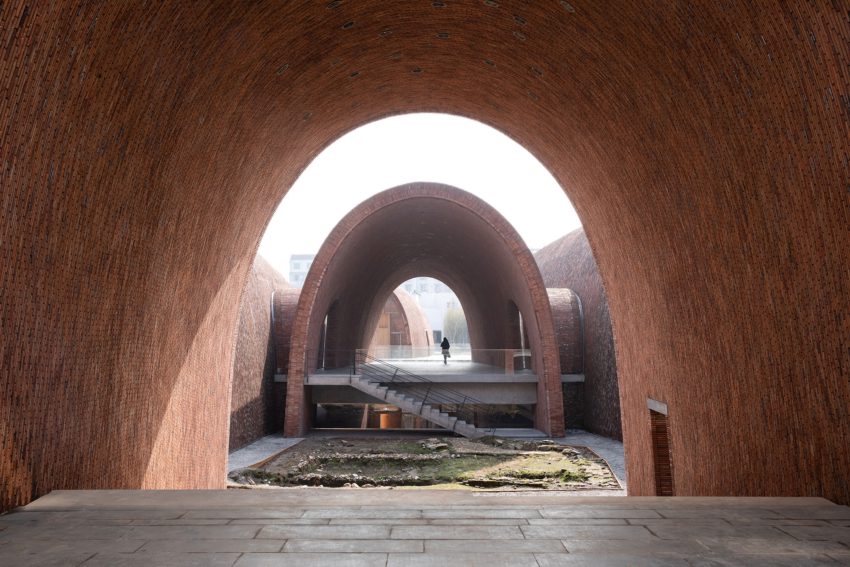
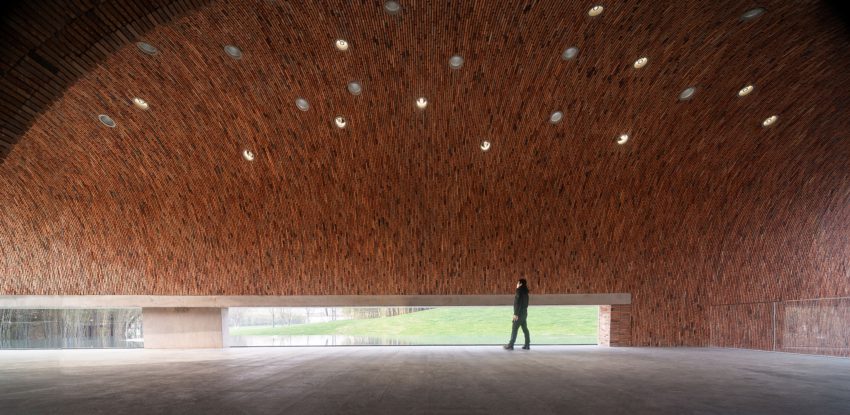
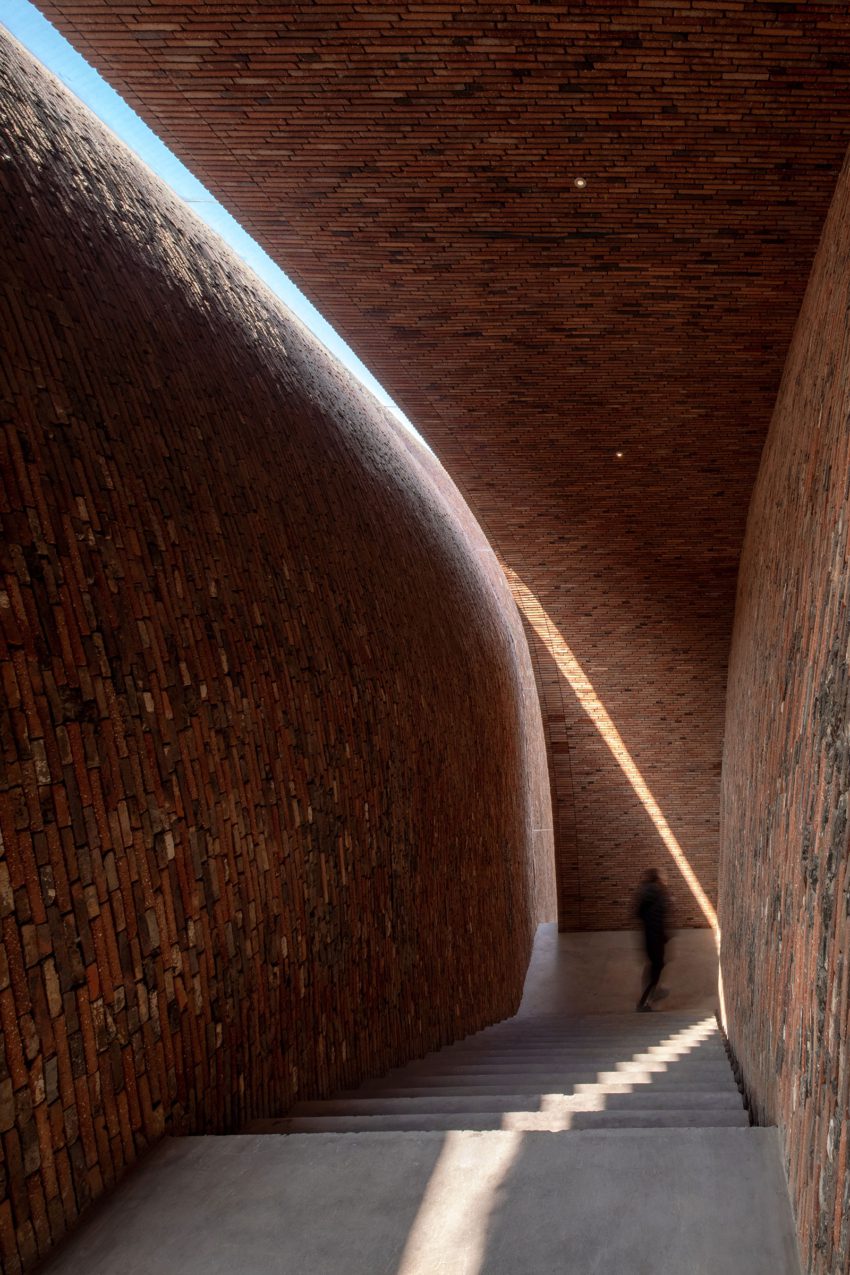
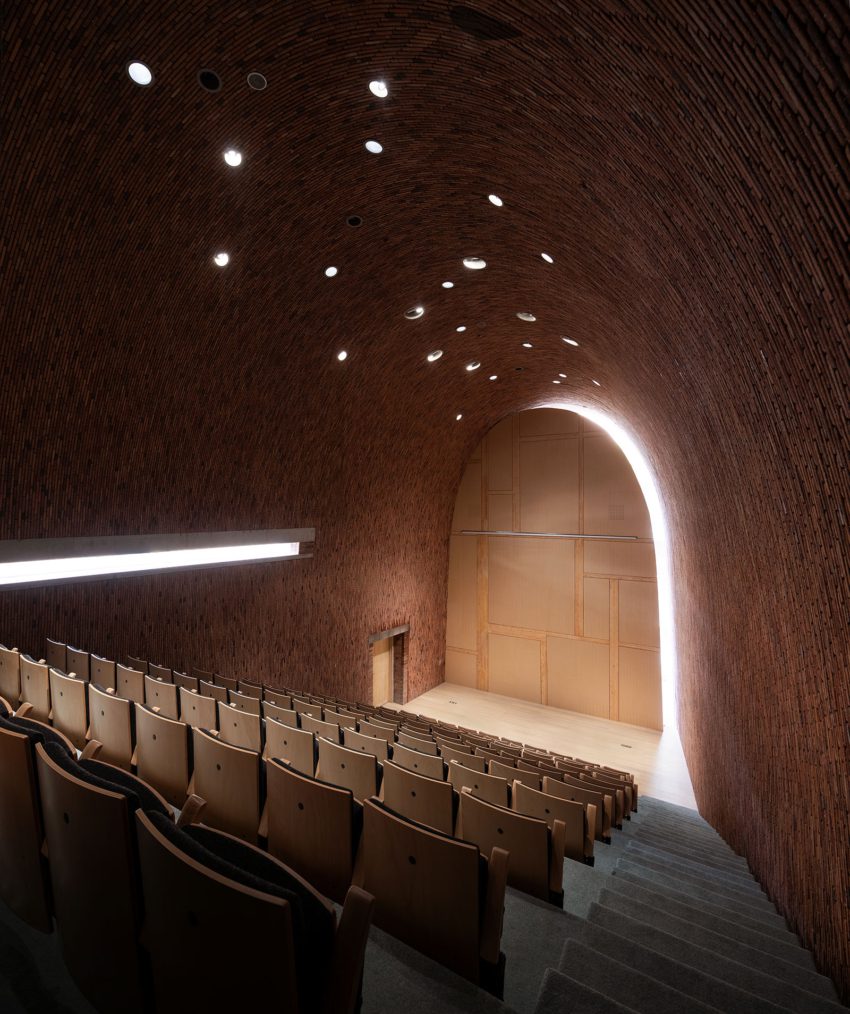



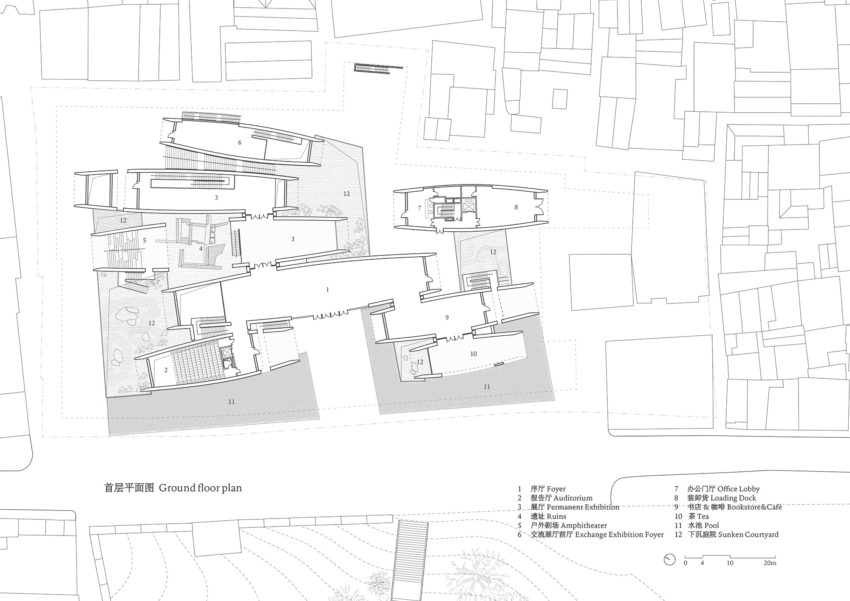
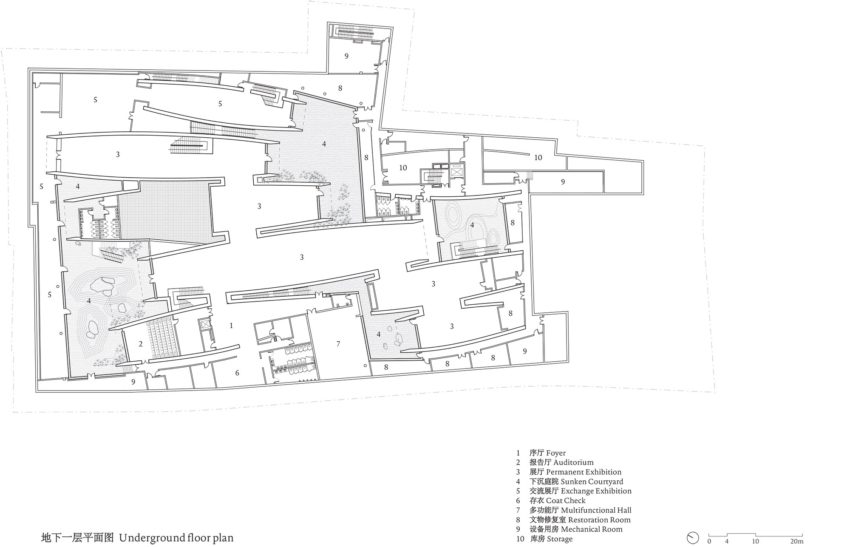
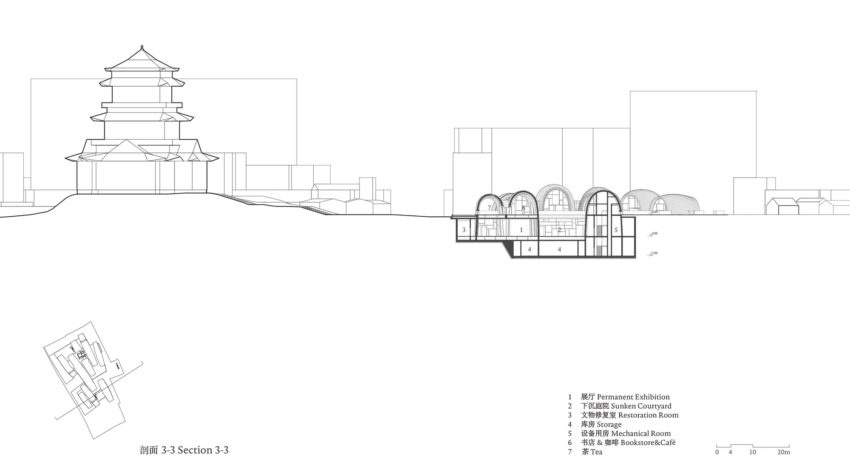

More importantly, it allows for designing several more intimate open vaults and courtyards within the museum.